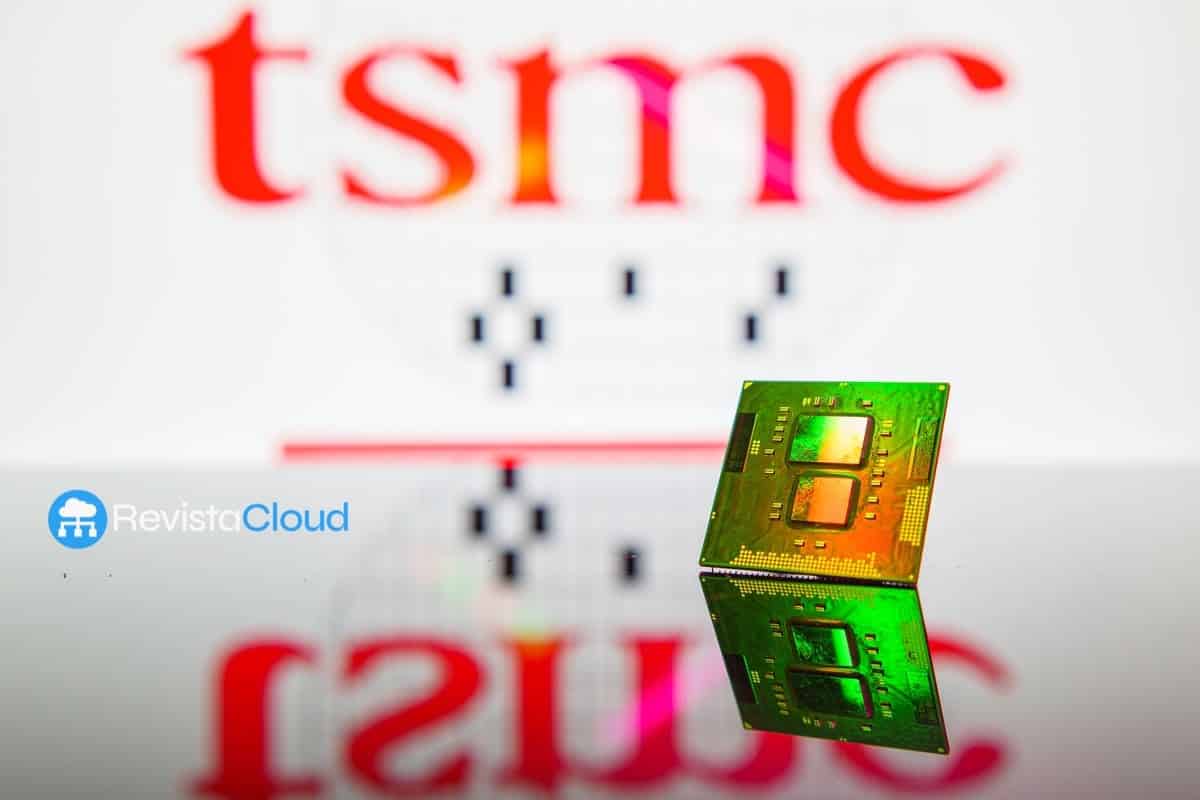Taiwan Semiconductor Manufacturing Company (TSMC) will inaugurate its first 12-inch wafer manufacturing plant in Arizona, USA, in December, aimed at producing 4-nanometer chips. The opening ceremony, scheduled for December 6, will feature significant figures from the tech industry, including TSMC founder Morris Chang, as well as the CEOs of Nvidia, Jensen Huang, and AMD, Lisa Su.
The construction of this plant, which began in 2021, has faced delays due to the COVID-19 pandemic and labor shortages. However, despite these challenges, TSMC has kept the project on track with a “megafactory” design, where the cleanroom occupies an area twice that of a typical logic wafer factory in the industry.
A Historic Investment for the United States
With an area of approximately 445 acres, the Arizona plant represents one of the largest foreign direct investments in U.S. history, with a total budget of $40 billion (around NT$1.27 trillion) for the first two phases of the project. In the first phase, TSMC will begin production of 4nm chips in the first quarter of 2025, while the second phase, focused on the production of 3nm chips, has been rescheduled to start in 2028 instead of the initially planned 2026.
The plant in Arizona not only stands out for its advanced production capacity but also for its strategic role in the semiconductor industry, allowing the United States to strengthen its position in the global technology supply chain. As geopolitical tensions rise and demand for semiconductors increases, the U.S. government has shown a strong interest in self-sufficiency in the production of advanced chips.
Future Plans for 2nm and the A16 Process
In addition to the initial phases, TSMC has projected a third factory on the Arizona site, which is expected to adopt the 2nm process or the innovative A16 process. This third phase is estimated to enter mass production in 2030, further solidifying TSMC’s presence on U.S. soil and reaffirming its leadership in semiconductor technology.
With this initiative, TSMC aims not only to respond to the growing demand for high-performance chips for applications such as artificial intelligence and high-performance computing but also to foster closer collaboration with its key customers in the United States, like Nvidia and AMD, in developing next-generation technologies.
source: TaiwanNews

